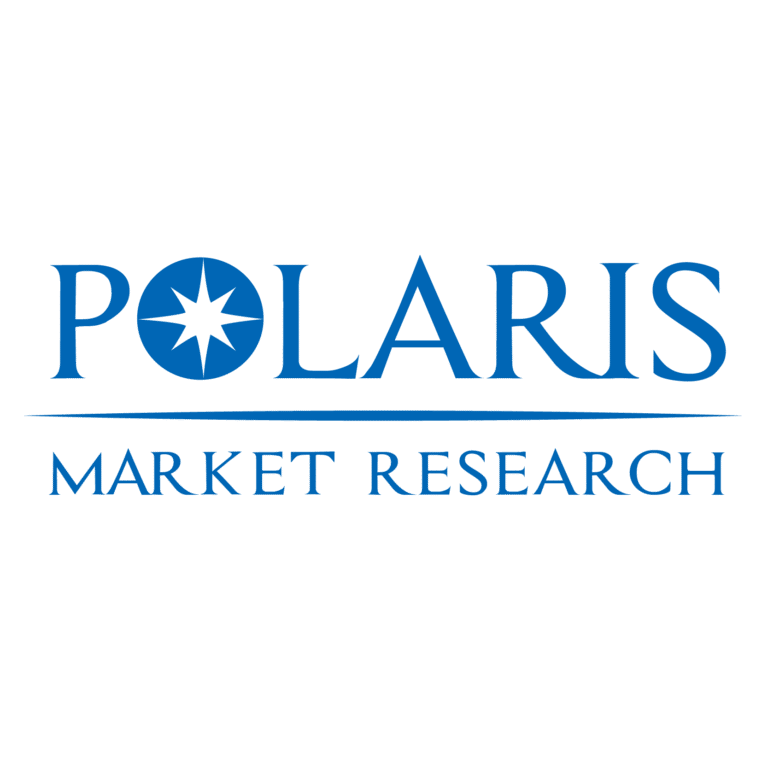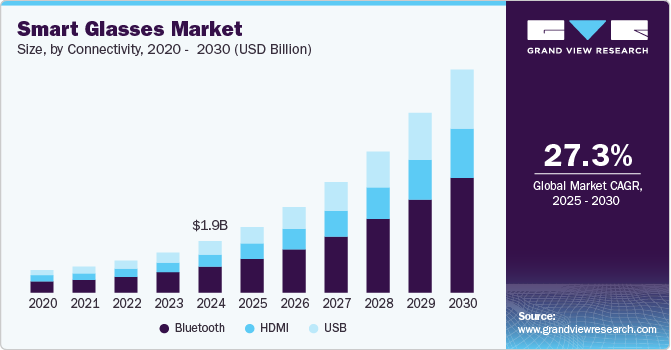Food Safety Testing Market Expected to Reach $48.77 Billion by 2034, Growing at a CAGR of 7.50%

The global Food Safety Testing Market was valued at USD 23.75 billion in 2024 and is forecasted to grow at a CAGR of 7.50% from 2025 to 2034.
Key Market Trends & Insights:
- Adoption of Rapid Testing Technologies:
Innovations such as PCR (polymerase chain reaction), immunoassays, biosensors, and chromatography are enhancing speed and accuracy in pathogen and contaminant detection. - Stricter Global Food Safety Regulations:
Regulatory bodies are enforcing rigorous testing standards, especially for imported and processed foods, driving demand for compliant testing solutions. - Rising Demand for Clean-Label and Organic Foods:
Consumers are demanding higher transparency in food ingredients, prompting producers to ensure testing for pesticides, allergens, and GMOs. - Blockchain and Digital Traceability Integration:
Technology is being increasingly used to track food origin, testing history, and safety documentation to build trust and prevent fraud. - Focus on Allergen and Residue Detection:
Heightened awareness around food allergens and chemical residues such as antibiotics and pesticides has expanded the scope of testing.
Market Size & Forecast
Market size value in 2025 USD – 25.48 billion
Revenue forecast in 2034 USD – 48.77 billion
CAGR – 7.50% from 2025 – 2034
Request for Free Sample:
Market Overview:
The food safety testing market is experiencing robust growth due to the increasing need for safe and quality food amid rising global food trade, consumer awareness, and strict regulatory standards. Food safety testing involves identifying biological, chemical, or physical hazards in food products to ensure they are safe for consumption. With global food supply chains becoming more complex, the demand for accurate and rapid testing solutions has intensified.
Market Growth Drivers:
- Increasing Incidences of Foodborne Diseases:
Recurring outbreaks caused by pathogens such as Salmonella, Listeria, and E. coli have underscored the importance of proactive food safety testing. - Globalization of Food Trade:
The international movement of food commodities requires standardization and rigorous testing to ensure safety across borders. - Government Initiatives and Funding:
Public sector investments and awareness campaigns around food hygiene and testing are contributing to market expansion. - Consumer Pressure for Transparency:
Empowered consumers now demand safe, traceable, and ethically produced food, pushing food producers to enhance testing protocols. - Growth of the Packaged and Processed Food Industry:
With increased consumption of ready-to-eat and processed food, there is a corresponding need for routine quality and safety testing.
Market Challenges:
- High Cost of Advanced food safety testing Technologies:
Sophisticated testing methods may require significant investment in equipment, infrastructure, and trained personnel. - Regulatory Variability Across Regions:
Differing food safety regulations globally can complicate testing processes for multinational food producers and exporters. - Lack of Infrastructure in Developing Nations:
Many low- and middle-income countries face limitations in laboratory infrastructure and skilled manpower, affecting testing frequency and accuracy. - Sample Preparation and Contamination Risks:
Complex sample handling, especially in multi-ingredient or processed foods, can affect testing precision and reliability. - Time-Consuming Traditional Testing Methods:
While rapid tests are gaining traction, some traditional methods still dominate due to cost concerns, potentially delaying contamination detection.






